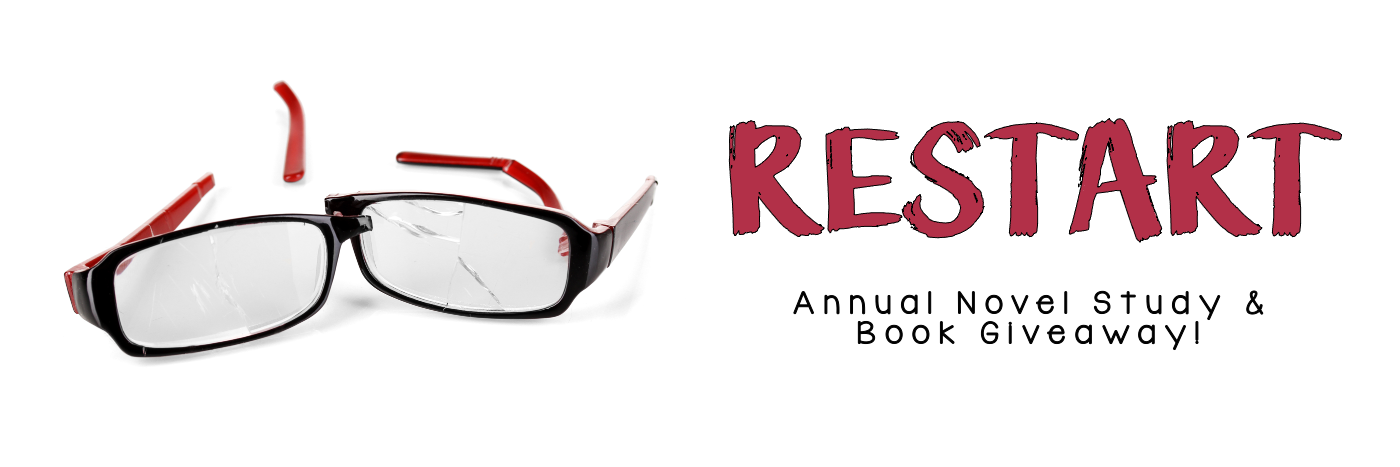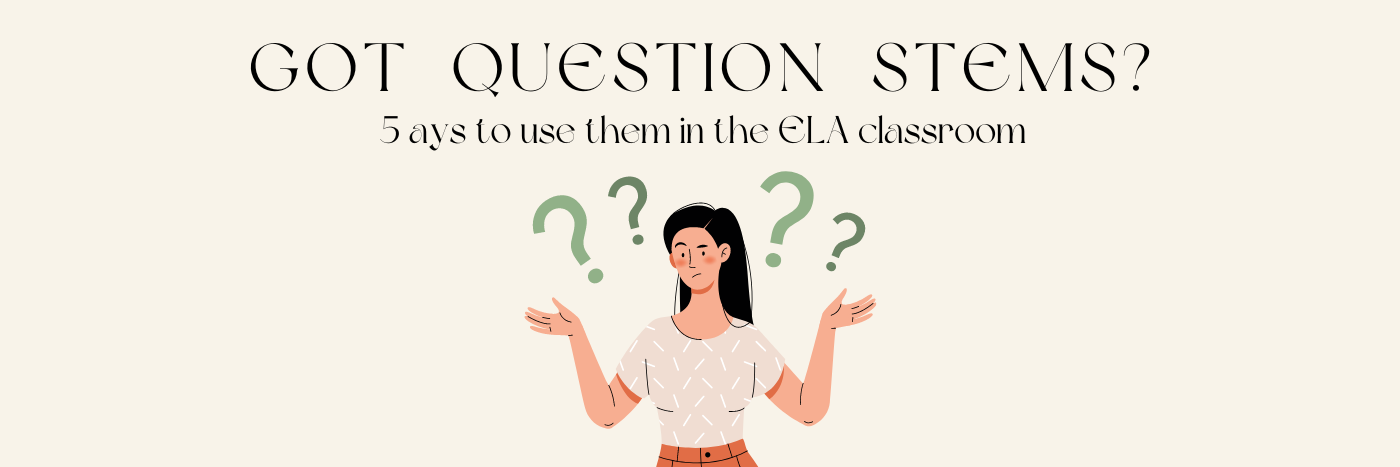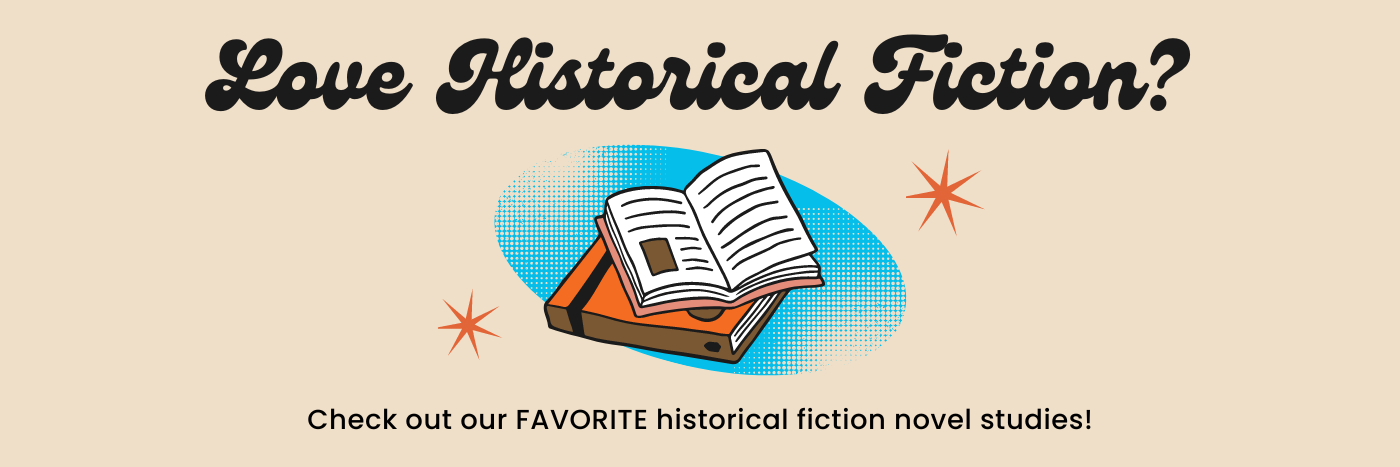
Dawn Raid by Pauline Vaeluaga Smith – Book Review
 |
Title: Dawn Raid Author: Pauline Vaeluaga Smith Illustrator: Mat Hunkin Publisher: Levine Querido Release Date: March 2, 2021 |
Sofia is a typical New Zealand teen. She writes in a diary, wants a job for some extra pocket money, hopes to buy a pair of boots she loves, gets nervous giving speeches in front of people, and tolerates the antics of her younger brothers. As Sofia writes about her life in the 1970s, we see how she and her family become involved in the civil rights movement spreading across the country and world. Starting with her brother Lenny, Sofia and her family grow increasingly active and vocal about the injustices Pacific Islanders face in New Zealand. After they fall victim to the racist dawn raids themselves, Sofia uses her aptitude for public speaking to fix attention on this brutal and violating police tactic and the shortcomings of media that fail to report it.
Dawn Raid, by Pauline Vaeluaga Smith and illustrated by Mat Hunkin, shines a powerful light on a shameful chapter in New Zealand’s history. Told through Sophia’s diary entries, the narrative hits all the right notes for delivering a relatable, powerful and honest portrayal of one girl’s experiences during this time period. Readers will delight in the 1970s cultural references, but those moments have a weighty counter. They will be deeply moved when exposed to the discriminatory practices exercised by a country grappling with an economic downturn. These echoes from the past still reverberate in the modern day. It is a story and pattern of action that, sadly, has been relived time and again over the decades and across the globe. Dawn Raid balances light-hearted moments with all-too-real injustice, opening endless avenues to readers for discussion and reflection.
Educators and students will find myriad reasons to read Dawn Raid. Whether to explore the global impact of the 1970s ongoing civil rights movement or to compare the experiences of minority groups in different countries during this time period, the novel offers several paths into meaningful, deeper inquiry. Its personalized structure (diary entries) will appeal to young people and help spark conversation about how much and how fast culture changes. Paired with an exploration of the Polynesian Panthers and their work to challenge the racism faced by Pacific Islanders, classrooms will be abuzz with themes and topics that, although rooted in the past, resonate just as much today.
Thank you to Edelweiss+ and publisher, Levine Querido, for an eARC of this book.
Classroom Applications
- Cross-curricular Study – Teach the novel in conjunction with a nonfiction study of the history of New Zealand, especially during the civil rights movement.
- Book Pairing – Teach this book in conjunction with a novel about the civil rights era of the United States.
- Literature Circles – Use novel for small groups or choice reading with a variety of novels that include the theme of civil rights.
Nonfiction Connections
The list below outlines topics that will enrich your students’ understanding of the novel.
- New Zealand History
- Civil Rights Movement
- Polynesian Panther Party
- Black Panther Party
- Dawn Raids
Book Companions
The following are great books to pair with Dawn Raid. In parenthesis are the specific aspects students could explore when synthesizing across the texts.
- Stamped: Racism, Antiracism, and You by Ibram X. Kendi and Jason Reynolds (Themes, Nonfiction Connections)
- I Am Malala by Malala Yousafzai (Themes, Nonfiction Connections)
- One Crazy Summer by Rita Williams-Garcia (Character Connections, Themes, Nonfiction Connections)
*LIT Lessons participates in the Amazon Associate Program and earns a fee from qualifying purchases made on the Amazon.com site.
More Blog Posts
It’s time for the annual LIT Lessons Novel Study Giveaway! Year-over-year students grow and change, and those changes are often most pronounced when a new school year begins. It’s a fresh start and a restart. The message of Restart by Gordon Korman captures the spirit of new beginnings, evolving identity, and the universal experience of growing older.
Many ELA question stem resources provide vague sentence starters or surface level prompts to encourage students to engage with a text. Oftentimes, these resources lack true depth and rigor, which means students are not being adequately challenged to critically think about a text.
Middle grades historical fiction novels have come a long way from the books available ‘decades’ ago. In fact, this growing genre is now bursting with fantastic, inspiring, and insightful novels. It comes as no surprise that these books are finding their way into middle school ELA curricula…





